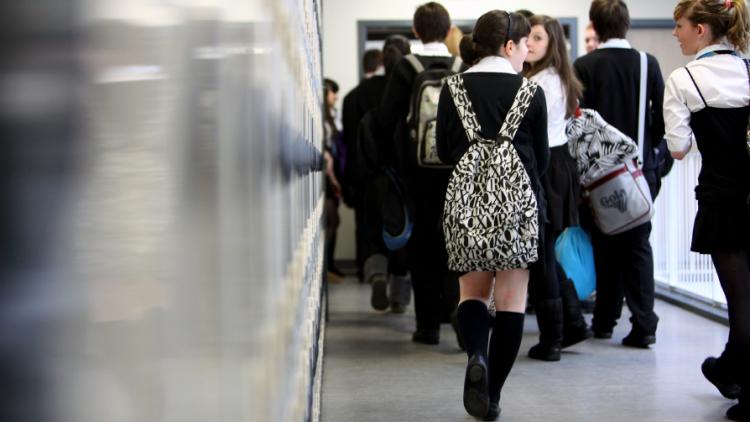
Ethnic-minority pupils in four selective areas are more likely to attend a grammar school than white British pupils with the same key stage 2 test scores, data analyst Education Datalab reports in a new blog.
The analysis of test results from 2010 to 2015 comes after a ResPublica thinktank report said that of all pupils with disadvantaged backgrounds, white British children were least likely to do well in school. It recommended that new grammars were focused on the needs of white working-class children.
Rebecca Allen, director of Education Datalab, looked at the number of high-achieving 11-year-olds, from different ethnic groups, attending grammar schools – the vast majority of whom had passed the 11-plus. She compared how they performed at key stage 2.
The analysis used pupils’ “fine grade scores” in the Sats tests, a measure created by the non-profit company FFT, which provides detailed data to schools on how their pupils are performing.
The study found that just 29 per cent of the white British pupils in Kent, Medway, Buckinghamshire and Lincolnshire who achieved a fine grade score of five, went on to grammar school – compared with 56 per cent of Asian, 61 per cent of black and 44 per cent of “other” ethnic minority children.
The ‘private tutor effect’?
There is little research on why ethnic-minority groups are so successful at passing the 11-plus test, she added, but some research has found that ethnic-minority groups are more likely to use private tutors.
“Understanding the reasons for these disparities might help us understand whether there are policy interventions to support those ethnic groups who are less successful in gaining access,” Dr Allen writes.
“But while the idea of discounting the 11-plus qualifying score to help free school meal pupils access grammars is now broadly accepted as an idea, discounting to help white British students gain access would surely be more controversial.”
[Source:- tes]











